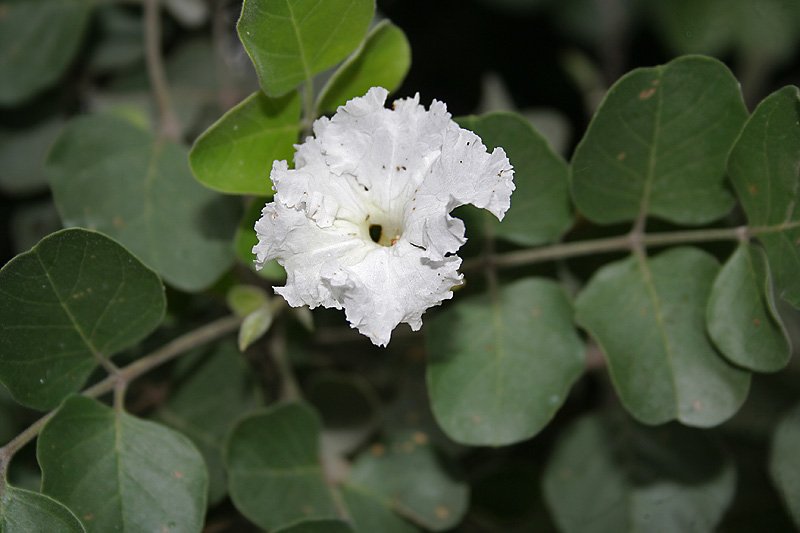What is Falotani?
Falotani is a term that has garnered attention across various disciplines, reflecting diverse meanings that vary significantly across cultural contexts. In its essence, falotani can be defined as a concept or practice that embodies a specific philosophy or approach, depending on the field in which it is applied. The etymology of the word can be traced back to ancient traditions, where it was initially used to denote a unique method or system of understanding a phenomenon. Over time, its usage has expanded, leading to multiple interpretations among different cultures.
In certain cultures, falotani is seen as an embodiment of communal values, emphasizing cooperation and collective well-being. In contrast, other interpretations might lean towards individualism, where falotani signifies personal growth and self-discovery. This duality highlights the versatility and significance of the term in contemporary discussions surrounding cultural identity and social dynamics.
Furthermore, the relevance of falotani extends beyond cultural implications; it is also significant in various professional fields. In education, for instance, methodologies drawing from the principles of falotani are employed to foster collaborative learning environments. In psychology, falotani can be viewed as a framework for understanding interpersonal relationships, emphasizing empathy and shared experiences. Its widespread applicability showcases the necessity of exploring falotani in a broader context, allowing for a richer understanding of its implications.
Today, as globalization continues to intertwine different cultural perspectives, the exploration of falotani is more pertinent than ever. Understanding its origins and the nuances associated with its use can lead to a deeper appreciation of its role in fostering dialogue, collaboration, and growth across societies.
The Historical Importance of Falotani
Throughout history, falotani has played a significant role in various cultures, acting as a symbol of innovation and continuity. Its origins can be traced back to ancient civilizations where it was perceived as a vital resource that shaped social, economic, and cultural landscapes. As societies evolved, so too did the significance of falotani, adapting to the changing needs and values of different epochs.
In early cultures, falotani was often associated with agricultural practices, serving as a foundation for sustaining communities. The reliance on falotani during these formative years highlights its importance in facilitating trade and fostering social interactions among diverse groups. Key texts from historical figures have documented methods of utilizing falotani, further contributing to its understanding and integration into everyday life. Societies that harnessed falotani not only maintained stability but also experienced remarkable growth and development.
As we moved into the medieval period, falotani began to take on new meanings. In this era, notable milestones, such as the establishment of trading routes, were bolstered by the exchange of falotani-related commodities. Prominent thinkers and scholars of the time produced comprehensive works that shed light on the complexities surrounding falotani, reflecting its elevated status in both philosophical and practical contexts.
The Enlightenment brought a renewed focus on empirical observation and scientific inquiry, which further influenced the perception of falotani. Scholars began to systematically study the properties and applications of falotani, expanding its relevance beyond traditional uses. By the modern era, falotani had emerged as a key element in various industries, reflecting both its resilience and adaptability.
Overall, the historical significance of falotani cannot be overstated; it encapsulates the journey of societies, illustrating how this remarkable resource has been woven into the very fabric of human civilization. Its evolution continues to inspire contemporary understanding and applications in today’s world.

Modern Applications of Falotani
Falotani has emerged as a significant element across various fields, showcasing its versatility and unique contributions to contemporary practices. In the realm of art, falotani has inspired numerous artists, leading to innovative works that incorporate its principles. Artists use falotani as a thematic element, exploring themes such as identity, culture, and personal expression. For instance, recent exhibitions have featured installations that challenge the viewer’s understanding of falotani, prompting discussions and reflections on its deeper meanings.
In science, falotani plays a crucial role in research and experimentation. Recent studies have harnessed the properties of falotani to advance material sciences, particularly in developing sustainable materials. Researchers have discovered that falotani can enhance the durability and efficiency of composites, making it invaluable for industries focused on innovation and eco-friendliness. A notable case study involved a collaborative project where falotani-based materials were utilized for constructing lightweight yet robust structures, highlighting its potential in engineering applications.
Technology also benefits from falotani, where its framework aids in enhancing algorithms used in data analysis and artificial intelligence. Developers are increasingly integrating falotani concepts into machine learning models to improve their accuracy and performance. This application has revolutionized data processing methods, resulting in more efficient systems in sectors like healthcare, finance, and information technology. Recent advancements demonstrate how falotani principles allow for more intuitive user interfaces and streamline data sharing, ultimately leading to improved decision-making processes.
Furthermore, falotani’s relevance extends to social practices, influencing community development and engagement strategies. Initiatives that focus on promoting cultural heritage often leverage falotani to foster collaboration and understanding among diverse groups. This has led to the formation of networks that celebrate local customs and traditions, thereby enhancing community cohesion.
Future Prospects of Falotani
The future of falotani is rife with potential, as ongoing research and advancements in various sectors promise to enhance its applications and understanding. As scientific inquiry continues to broaden the horizons of falotani, we may witness significant shifts that could redefine its role within multiple industries. For instance, the integration of falotani into sustainable practices could emerge as a crucial topic, given the growing emphasis on eco-friendliness and resource conservation. This trend highlights the increasing relevance of falotani in addressing environmental challenges, thereby amplifying its significance.
Moreover, advancements in technology, such as artificial intelligence and machine learning, are poised to revolutionize the utilization of falotani. These technologies could facilitate enhanced data analysis and efficiency, enabling more informed decision-making processes concerning falotani applications. As researchers continue to unveil the intricacies of falotani, new methodologies and frameworks might arise, further propelling its adoption and relevance across diverse sectors.
Expert opinions are also pivotal in shaping the future landscape of falotani. Thought leaders in the field speculate that interdisciplinary collaborations will play an essential role in harnessing the full potential of falotani. By combining insights from various domains, innovators can create novel solutions that address complex challenges. This collaborative approach could pave the way for transformative developments in healthcare, agriculture, and environmental science, where falotani could serve as a critical element in innovative practices.
In conclusion, the future prospects of falotani are optimistic, driven by ongoing research, technological advancements, and collaborative efforts. As we look ahead, it is vital to remain aware of the evolving role falotani may play, adapting to the needs of an ever-changing world while sustaining its foundational significance.
Stay updated on Tech Innovations, explore the Latest Trends, and dive into AI Advancements. Discover Industry Insights, read Breaking News, and explore Cutting-edge Technology. Get In-depth Analysis, hear Expert Opinions, and learn about the Future of Tech.
“Unlock a world of possibilities through these carefully curated platforms that bring you the best in digital innovation lifestyle design and global perspectives while helping you live with style discover fresh ideas every single day.
Welcome to the world of endless possibilities, where creativity meets innovation. Explore cutting-edge ideas and discover new perspectives with every click. Stay inspired by trends and insights from experts around the globe. Whether you’re into tech, lifestyle, or business, there’s something for everyone. Dive into fresh content and expand your knowledge with engaging stories. Let your curiosity lead the way as you navigate through these amazing resources. Enjoy the journey and uncover new horizons with every visit to these platforms—now enhanced by language and thoughtful additions.”

